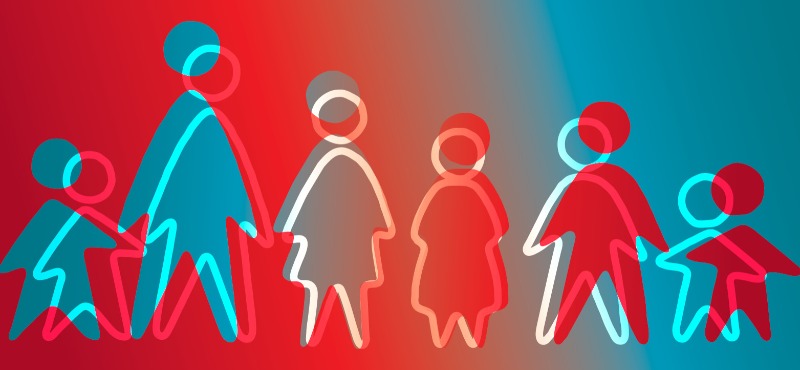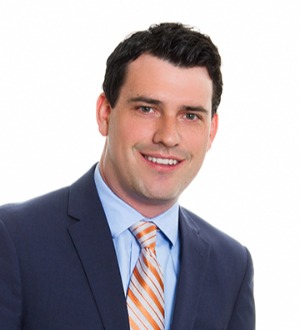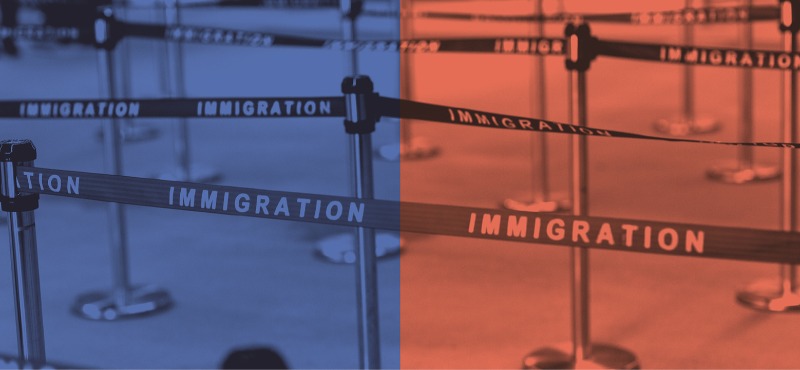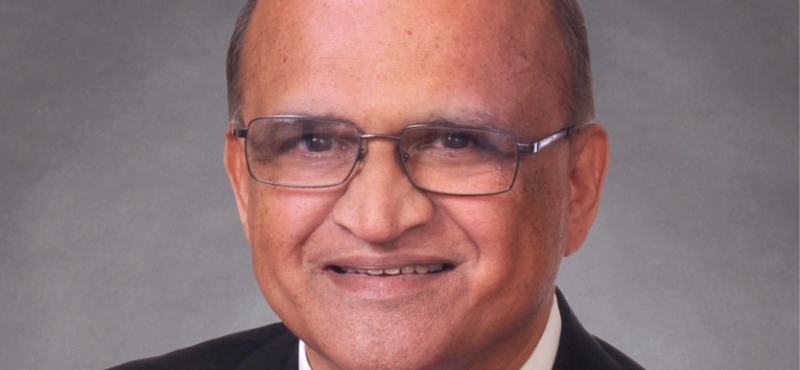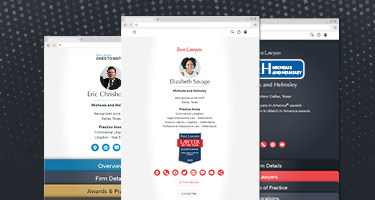If a U.S. citizen decides to invite her aging parents to move into the family home, should the ability to do so depend on whether she is a naturalized citizen with parents who are abroad? The answer will come from Congress as it attempts to reform immigration laws in connection with the raging debate about how to permanently legalize the Dreamer beneficiaries of the Deferred Action for Childhood Arrivals (DACA) program.
What exactly the problem is, however, is left unstated.
Current law provides for two broad categories of family-based immigration petitions. The first, immediate relatives, consists of spouses, minor children, and parents of adult U.S. citizens. These relatives can immigrate to the United States and become lawful permanent residents as soon as the relevant agencies process the paperwork and confirm that the intending immigrant is eligible and will not become a public charge.
The second category, preference relatives, consists of adult sons, daughters, and siblings of adult U.S. citizens as well as spouses, minor children, and unmarried adult children of lawful permanent residents. Due to statutory caps on the numbers of preference category relatives who can immigrate each year, these visa petitions are subject to lengthy backlogs. As an example, a U.S. citizen’s sibling from Mexico can expect to wait over two decades before he or she can immigrate to the U.S. The adult child of a U.S. citizen can expect to wait over 20 years as well. Current law does not provide any visa category for cousins, aunts and uncles, or grandparents.
The evils of current family-based immigration policy are far from self-evident. The foreign-born share of the U.S. population was 12.9 percent as of the 2010 census, in line with historic norms.
Despite portrayals to the contrary, diversity and family-sponsored immigrants are generally better educated than native-born Americans and are 62 percent more likely to have graduated college.
Study after study shows that immigrants are less likely to commit serious crimes than those who are native-born. Meanwhile, the United States has an aging population and continues to see record-low fertility rates. Our economy and essential programs like Social Security and Medicare need more people of working age. Immigrants with support networks in the form of close family connections are often best situated to thrive. The hard-fought contributions of immigrants, their children, and their children’s children have forever been a driving force behind this country’s success.
But looking only at the direct contributions of family-based immigrants undervalues the benefit of the current policy. Our universities draw some of the brightest minds from all over the world. Generous family immigration policies encourage these highly talented individuals to put down roots in the United States with the understanding that parents and other family members will someday be able to join them here if they choose.
Now the White House proposes eliminating all family-based immigration except for spouses and minor children. Taken together with its other proposals, this would cut legal immigration by 50 percent.
The Immigration and Nationality Act of 1965, which first established our immigration system’s family-based categories, is not sacrosanct. Legitimate debate about which people and which family members of U.S. citizens and residents should be allowed to immigrate to the United States should be encouraged. But useful debate on changes to our laws must be informed by an understanding of how the current system works and should articulate a problem that suggested reforms are aimed at solving. To this point, despite demands and proposals to fix chain migration, there’s been no coherent explanation of a problem.
Without this explanation, we should reject radical changes that will stop U.S. citizens from bringing family members, such as aging parents, to live with them and upend a system that has seen generations of immigrants and their descendants powering our country’s character, culture, and economy.
-------------------------
Aaron Hall is a partner at Joseph Law Firm in Aurora, Colorado. His practice focuses on removal defense, immigration consequences of criminal convictions, family-based immigration, and naturalization. He currently serves on the American Immigration Lawyers Association (AILA) ICE Liaison Committee and frequently presents on immigration law around the country.
